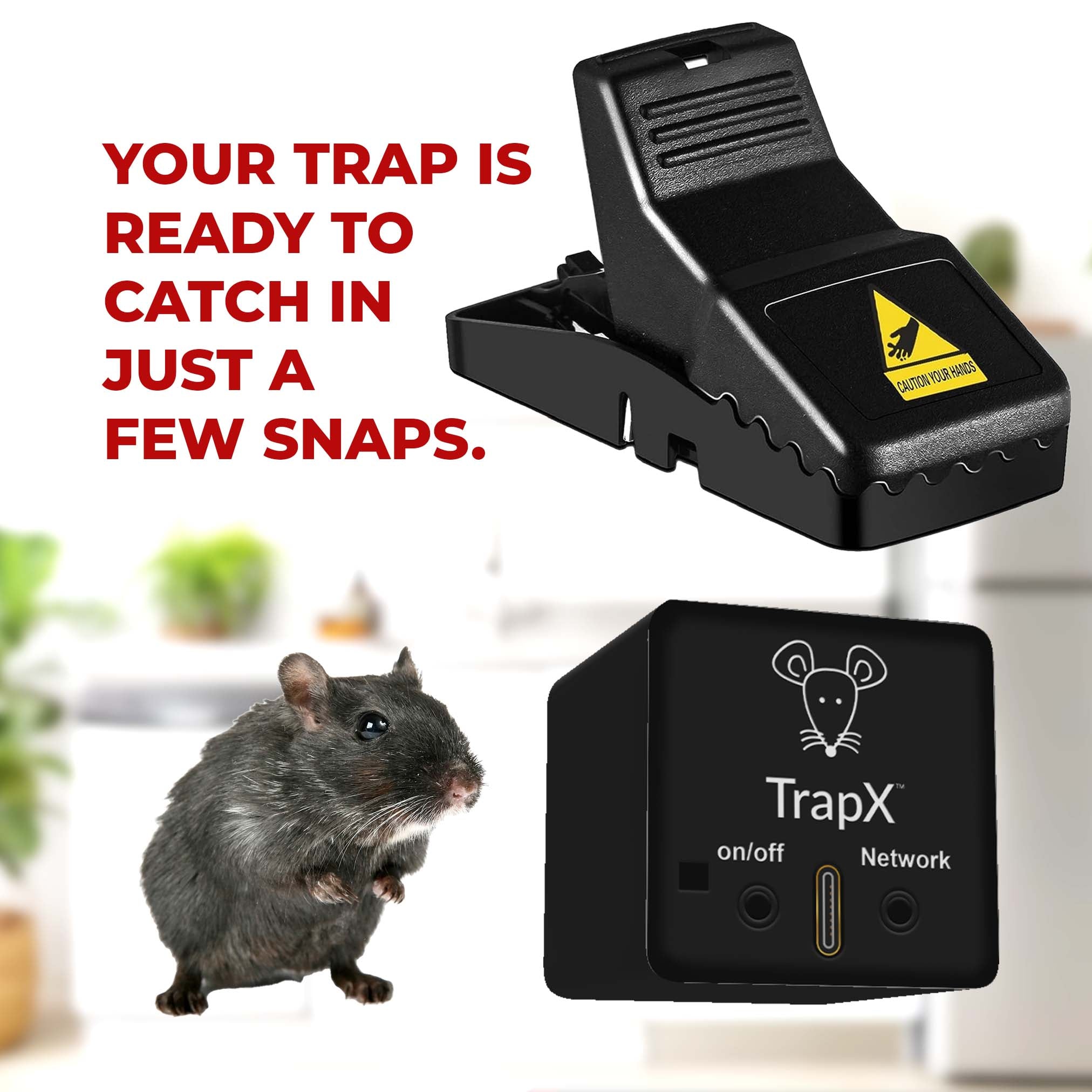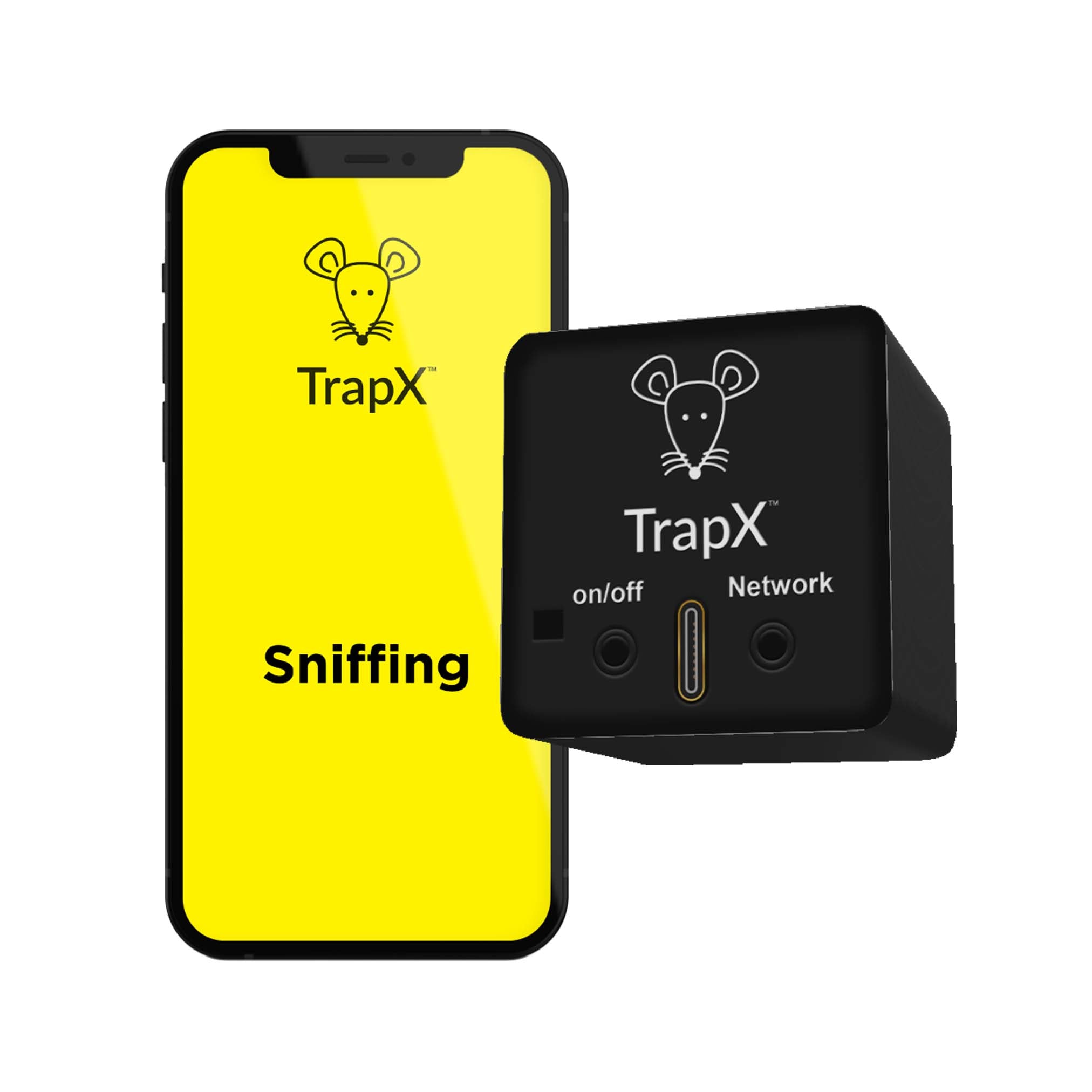How to Get Rid of Mice on a Glue Trap: The Ultimate Guide
Share
If you're dealing with a mouse problem, you might have used glue traps. They're a popular choice for many homeowners. But what happens once you've caught a mouse? It's crucial to know how to get rid of mice on a glue trap in a humane and effective way. In this article, we'll guide you through all the steps to handle this situation.

Why Glue Traps?
Glue traps are a non-toxic way to capture mice. They don't contain harmful chemicals, which makes them safer for areas with children and pets. However, knowing how to get rid of mice on a glue trap once they're caught is essential for avoiding further complications.

Understanding the Glue Trap
Before diving into the removal process, let's understand how glue traps work. These traps are coated with a sticky substance that immobilizes the mouse once it steps on it. This setup makes mice removal straightforward but potentially distressing for the animal.
Types of Glue Traps
- Single-use glue traps
- Multiple-use glue traps

Steps to Remove a Mouse from a Glue Trap
Step 1: Gather Supplies
You'll need a few simple supplies before you start: vegetable oil or olive oil, gloves, a container for the mouse, and a small spatula or spoon.
Step 2: Prepare Yourself
Wear gloves for hygiene and safety. Mice can carry diseases, so it's best to avoid direct contact.
Step 3: Apply Oil
Dribble a little vegetable oil along the edges of the glue trap where the mouse is stuck. The oil will help break down the adhesive, freeing the mouse.
Step 4: Gently Remove the Mouse
Use a small spatula or spoon to lift the mouse gently. Be very careful to avoid hurting the animal.
Step 5: Transfer the Mouse
Place the freed mouse into a container with adequate air holes and a small amount of food and water.

What to Do After Removal
Releasing the Mouse
It's humane to release the mouse at least a mile away from your home in a wooded area or field.
Sanitizing the Area
Clean the area around the glue trap thoroughly with disinfectant to prevent any disease spread.
Preventing Future Infestations
Seal any cracks or holes in your home to prevent more mice from entering. For more comprehensive advice on keeping your home pest-free, check out this guide.
Pros and Cons of Using Glue Traps
Pros
- Non-toxic
- Effective in capturing mice
- Easy to use
Cons
- Can be inhumane if not handled properly
- Potential for distress to the captured mouse
Alternatives to Glue Traps
While glue traps are effective, other methods can be used for mice removal:
Snap Traps
These traps are quick and typically more humane.
Live Traps
These allow for catch-and-release.
Electronic Mouse Traps
These deliver a quick, humane kill using electric shocks.
Legal and Ethical Considerations
Before using any trap, consider the legal and ethical implications. Always aim for the most humane method possible.
According to the Humane Society, it's essential to handle wildlife responsibly.
FAQs
What if the mouse is injured?
If the mouse is injured, contact a local wildlife rescue organization for advice. You can also refer to this article for more information on humane trapping.
Can glue traps be reused?
It depends on the type of glue trap. Single-use traps should not be reused.
What if I find a mouse too late?
Unfortunately, the mouse might not survive. Dispose of it properly according to local guidelines.
Can I use household oils other than vegetable oil?
Yes, olive oil or any other mild oil can be used.
Will removing the mouse be stressful?
It can be stressful for both you and the mouse. Handle carefully to minimize distress.
How often should I check glue traps?
Check glue traps daily to ensure you find trapped mice promptly.
Conclusion
Knowing how to get rid of mice on a glue trap is vital for humane pest control. By following the steps outlined in this article, you can effectively and humanely remove mice from your home. Make sure to take preventative measures to avoid future infestations.
As an Amazon Associate, I earn from qualifying purchases.
